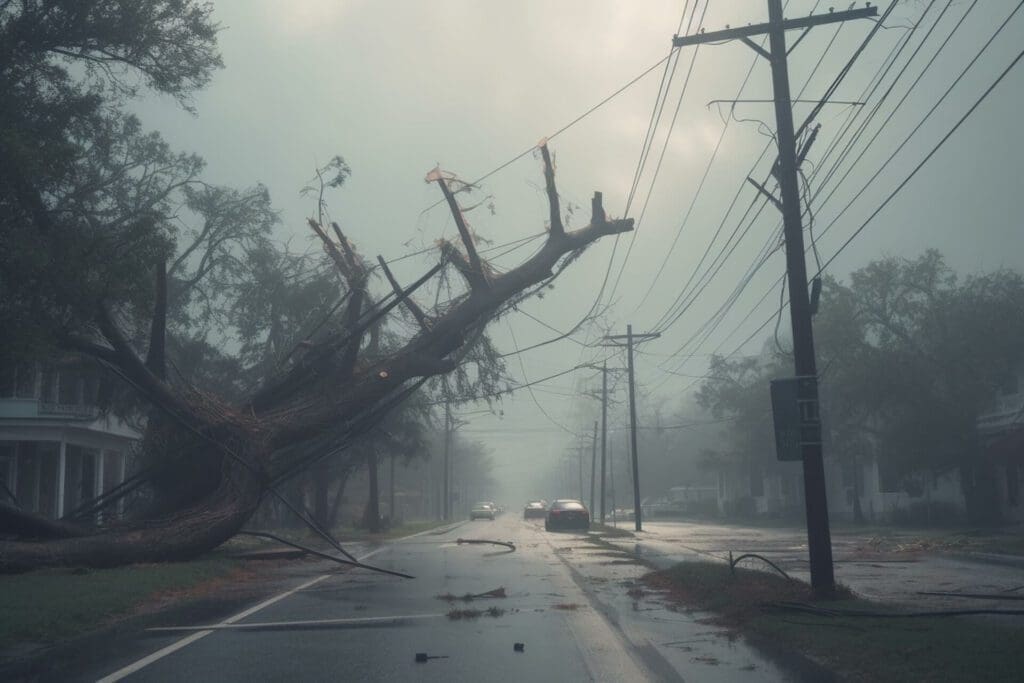Supply chain security plays a vital role in the success and efficiency of any high-performing supply chain. It is important to safeguard the supply chain by using a number of security measures that protect the entire operation, from manufacturing and materials to shipping and buying. Practically every point of the supply chain is vulnerable to risks of different types, from product tampering to package theft to consumers’ personal information.
How can weak supply chain security compromise a business? Here are some examples of what can go wrong when supply chain security is breached:
- Theft – The most obvious vulnerability of the supply chain is theft, which leads to loss of product, profits, and business in general.
- Counterfeits – Counterfeit products can harm a business and pose inherent safety risks when imposter products are of inferior quality, not only jeopardizing the reputation of the brand but also the well-being of the consumer.
- Tampering – When bad actors get their hands in the supply chain, a brand’s reputation is at stake, as well as the quality, safety, and functionality of the product. Tampering often leads to recalls of products, employer liabilities, and lawsuits.
- Data Breaches – The exchange of sensitive information and data throughout the supply chain is an asset that must be protected. Data breaches can expose customer information and trade secrets, damage a company’s reputation, and put millions of consumers at risk of identity theft and financial losses.
Examples of Lapses in Supply Chain Security
In 1982, Johnson & Johnson suffered a catastrophic supply chain security breach when their Tylenol pain reliever products were tampered with. A bad actor in the Chicago area removed the product from the shelf and laced an unknown number of the acetaminophen capsules with cyanide, causing several deaths. More than 30 million products were recalled, the company experienced serious financial and reputation damage. Product packaging standards and supply chain security experienced drastic changes.
In 2013, millions of customers were affected by the Target data breach when hackers gained access to their credit card numbers. The long-term effects of this security breach include financial setbacks, large legal costs, class action lawsuit settlements, and a loss of brand trust by the consumer.
In 2019, Boeing suffered a loss of customer trust when two crashes of the same airplane model, the Boeing 737 Max, prompted concerns over its design. The planes were grounded, airlines scrambled to shift to replacement aircraft and Boeing lost tens of billions of dollars as a result.
Learn why your company needs a transportation partner and how Next Exit Logistics’ Aircraft on Ground (AOG) shipping can tighten up a potential weakness in your supply chain.
Ensuring Regulatory Compliance
Due to many incidents like those described above, great lengths have been taken, including the implementation of regulations and government standards, to protect the supply chain. For instance, the Customs Trade Partnership Against Terrorism (C-TPAT) is a voluntary group under the US Customs and Border Protection (CBP) that supplements the efforts of supply chain security at the border.
Another international security measure is ISO 28000, which is a security management network that establishes, implements, and maintains supply chain security internationally. The Transported Asset Protection Association (TAPA) is a global organization that provides security guidelines for transportation and facilities within the supply chain for the purpose of asset protection and other security implications. Not following these guidelines can have severe consequences for your company, such as the withdrawal of your TAPA certification.
It is not difficult to see how protecting assets and various supply chain checkpoints can be beneficial to a company. This ensures the supply chain’s processes will run at an optimal level, with no delays that present opportunities for security breaches. When the entire timeline is secure, there are benefits to the bottom-line, as well as to brand reputation and customer satisfaction.
Mitigating Supply Chain Risks
Some ways in which various phases of the supply chain can be protected include blockchain data protection, AI predictive analytics, supplier audits, contingency planning, and the use of advanced tracking systems. By identifying the places that are vulnerable in your supply chain and finding a solution for each weakened security measure, you can significantly optimize your services and protect your company, your product, and your customers.
Responding to Supply Chain Incidents
If a supply chain security breach occurs, it is important to be prepared in order to take immediate action and implement plans already in place to minimize disruptions in the supply chain flow. Below are some steps to take should a security incident occur within your supply chain.
- Evaluate the nature and severity of the security issue. Determine what type of security breach it is, what parts of the supply chain are affected, and the potential outcomes at risk.
- Initiate your company’s incident response plan. Designated team members from each department should meet and respond to the problem to formulate a solution.
- Contain the issue to prevent further damage. Isolate whatever areas are affected and implement emergency security measures to prevent compromising assets or putting data at risk.
- Begin an investigation to identify what caused the breach. Analyze logs, collaborate with authorities or external professionals, and conduct forensic analysis. This step is essential to prevent future incidents.
- Initiate a plan of attack to eliminate vulnerabilities or weaknesses that caused the security breach. For instance, update all security systems and follow all protocols required to secure the supply chain. Ensure that all data is being backed up properly and as scheduled. Additionally, employ any needed new technology, incorporate the incident into your employee training, adding extra protective measures to the supply chain. Address any potential issues with suppliers, making any adjustments necessary.
- Notify shareholders in order to remain transparent. It is important to open up the lines of communication with suppliers, employees, customers, and the authorities. As updates come in, share them with stakeholders. Use this opportunity to build trust rather than remaining silent and opening the doors to doubt.
- Learn from the incident by documenting your learnings, updating protocols, and addressing all vulnerabilities that contributed to the incident. Stay vigilant and watchful for a similar situation in the future.
Having a response plan in place and ready to go before a security breach occurs is ideal. In 2017, a cyber-attack on one of the world’s largest shipping companies stunted the company’s global operations. Fortunately, the company had an incident response plan prepared. They were able to effectively isolate systems and restore operations with backup data. This illustrates the importance of regular data backup and taking proactive measures to fortify cybersecurity throughout the supply chain.
Learn how, during a 2018 weather emergency, NextExit Logistics faced disaster and met it head-on. We delivered disaster relief supplies to 16 countries during a state of emergency, when a catastrophic weather emergency challenged the transportation infrastructure.
Building a Resilient Supply Chain
Supply chain security and supply chain resilience go hand in hand. Supply chain resilience refers to your organization’s ability to implement an effective, relevant security response in real time. A resilient supply chain is a secure supply chain. Security efforts are most effective when your supply chain resilience is high.
Review the checklist below for ways to reduce risk and improve supply chain resilience:
- Regularly assess your supply chain for at-risk areas; identify vulnerabilities and their potential consequences.
- Don’t rely on a single supplier. Choose multiple partners to ensure you have options available when necessary.
- Maintain extra inventory to prevent disruptions or delays within the supply chain.
- Build strong relationships with your partners, including stakeholders, suppliers, and customers alike. This is crucial to response coordination and the implementation of efficient and timely solutions.
- Employ technology systems that allow for visibility at all stages of the supply chain. This allows you to head off potential problems before they happen.
Apple’s effective, resilient supply chain backup plan minimized problems caused by materials shortages during the pandemic. When other retailers were unable to get the necessary materials to manufacture and deliver their products, Apple’s partnerships with alternative suppliers allowed them to maintain inventory. By preparing in advance, Apple was able to maintain a healthy supply of products in high demand.
Staying proactive and prepared for disaster, as well as taking steps to avoid supply chain interruptions, is absolutely critical for any business. NextExit Logistics delivers innovative and cutting-edge solutions to supply chain security that all supply chain participants can rely on. Reach out with a phone call or message today for a quote.




